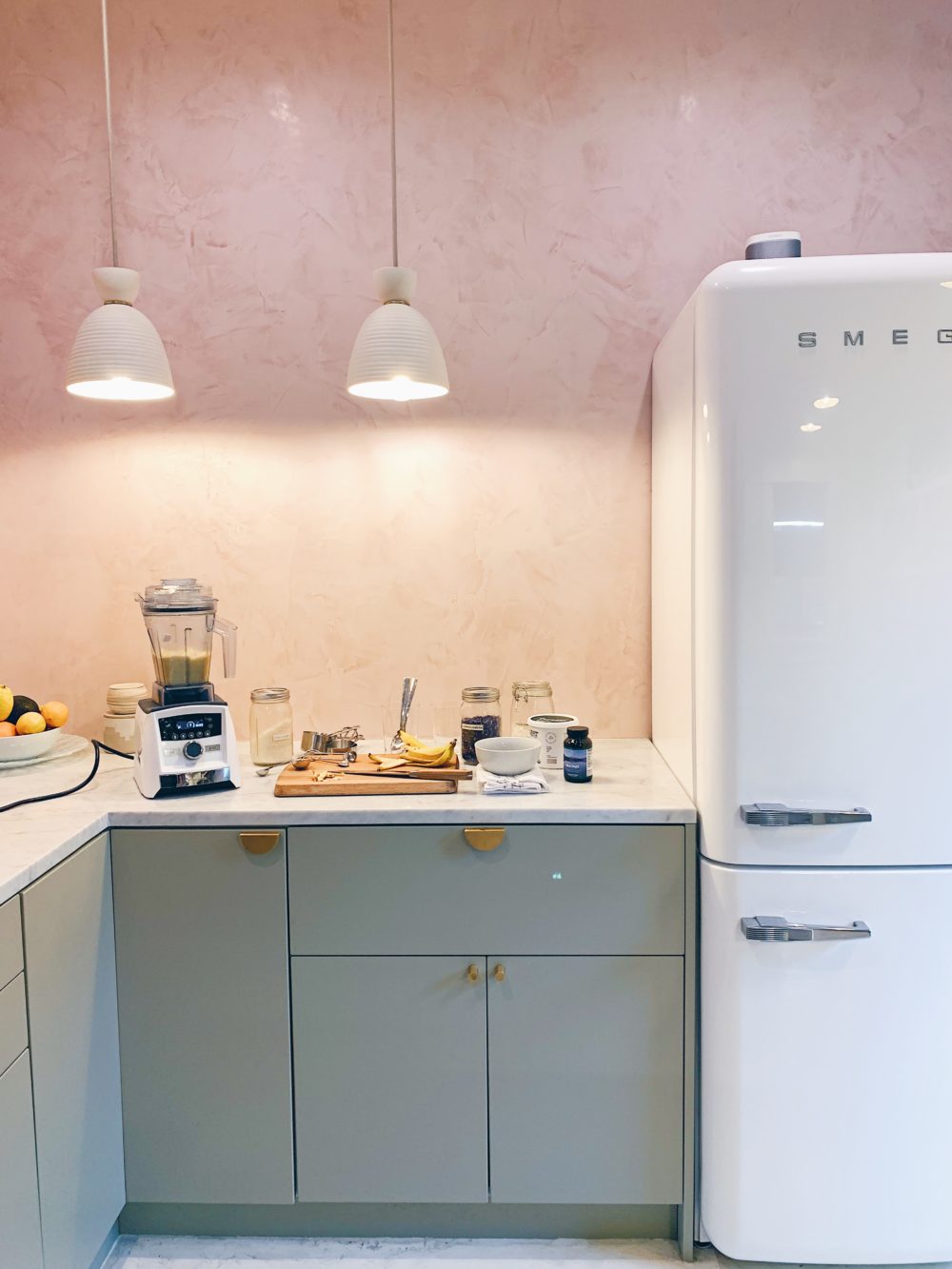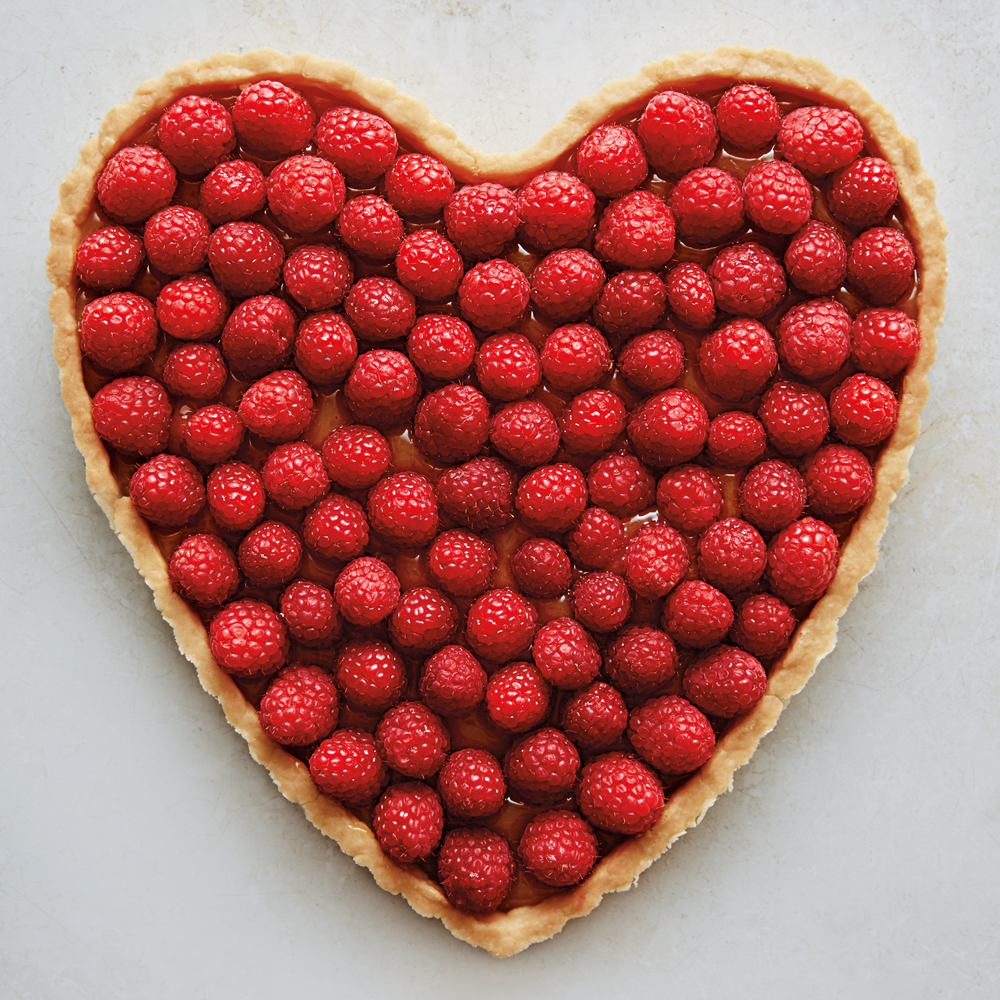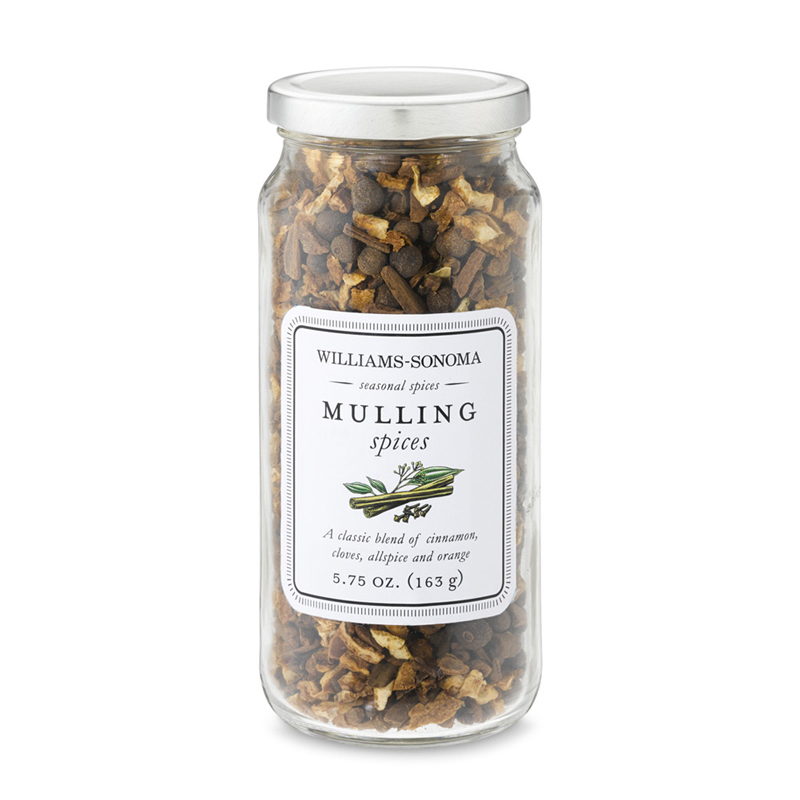
Your budget app of choice keeps pinging you warnings: “You’ve spent a lot more on groceries lately.”
Yeah, OK, pipe down, buddy. But in truth, this is maybe as much grocery shopping and cooking as you’ve ever done—and you’ve probably been at it for weeks or months. For some of us, takeout isn’t an option. (For those still supporting local restaurants this way, great!) If ever there was a time to not waste ingredients or kitchen time, it’s now. Test Kitchen Director and self-proclaimed “neat freak” Belle English identifies some of our most common mistakes, guiding us to solutions.
1. What’s the Point of a Grocery List?
Everything starts with that gigantic trip to the grocery store. These days in particular, you want to get in and out again as fast as possible. So when you organize your list, says Belle, use an old catering trick, and organize it like your go-to store is laid out. Not just “dairy/ meat/ produce,” but in the order that things pop up as you walk.
2. Who Knows What’s in This Fridge?

Follow that same logic when you get home. Unpack your groceries, disinfect the counter, and stash things in the fridge by type. “I have a dairy section, a meat section, and so on,” says Belle. As your grocer does, pull the old stuff forward in the fridge, and push the newer things to the back. (There’s no better way to make sure you eat those leftovers!)
3. What’s in That Container?
“I label and date things that go in rogue containers,” says Belle. “Otherwise, they get pushed to the back of the fridge.” (We’re looking at you, anonymous stir-fry from last month!) “If it doesn’t have an expiration date, I’ll get tape and add the date I made it and stored it.”
4. Where On Earth Are My Tape and Marker?
If you don’t have tape and marker handy, you won’t label. Consider following Belle’s lead, and keep them in with your forks and knives, which for her is “the drawer right next to my fridge.” Or store it with your Tupperware or whatever you store your food in, she suggests. And consider investing in good clear storage containers for both fridge and pantry!
5. What to Feed These Kids?
Have a section of your fridge just for your kid, whether she’s a year old or 10 years old, says Belle. That means the four bites of dinner from the night before can still be the base of lunch for a little one. And snack drawers that are exclusively for older kids, so they can help themselves, are key. Label and organize them into categories, such as “chips,” “crackers” and “dried fruit.” It will reduce kids’ desire to dump everything out, rifling for The Best Snack.
6. Who Is Responsible for These Furry Berries?
Keep “things that go bad surprisingly quickly, like raspberries and herbs,” in the front of your refrigerator, says Belle. She loves raspberries and always has two or three cartons on hand, “but they are so delicate.” Put your freshest food right in front of your nose, so you’re folding fresh kale into egg scrambles and soups and popping berries into smoothies. If you’re unsure about the shelf lives of foods, not to worry: There are really good resources for understanding the shelf life of foods (and another for preserving freshness).
7. How Am I Never Defrosting On Time?
A lot of us who eat meat are stocking up on it by the bushel. (Remember to keep that freezer organized by type of food, too!) But how much are you supposed to defrost at a time? “Have a plan,” says Belle. “Take an extra 10 minutes when you get home to think, ‘What am I gonna eat and what meals am I gonna prepare this week?’” Pretty much every meat freezes really well, she explains. Even if you’re a household of one, as Belle is, take a minute to menu-plan.
8. Who Has Time to Clean?
Before you load in new groceries, “take everything out of the fridge,” says Belle, and clean. This is the time to toss the stuff on the brink of going bed. “Make sure it lasts a few days before you load everything in. Disinfect everything.” (Data on this for the novel coronavirus varies, but it’s best to disinfect counters and wash your hands often.)
9. Why Should I Need to See the Back of My Cupboard?
Consider stackable shelves, turn cabinets into drawers, install pull-out shelves, or use wire racks that split shelves in half. A key move, says Belle, is “taking the extra time to put the bag of chips back where you found it instead of wherever.” If you remember to do this, you’ll be more familiar with what’s in your cabinet—and won’t be inclined to buy six cans of chickpeas when you’re next at the store!
10. This Pile of Cutting Boards is Fine!

For those who stack everything, consider tension rods set into cabinets for cutting boards and baking sheets, rolling baking mats inside of paper towel tubes, and having a specific drawer for everything. Belle is a fan of flipping lids, creating a flat surface, and stacking their pot on top. Don’t forget that you can store things, like frying pans, sideways!
11. I Love My Kitchen Utensil Jumble Drawer
Time to let go of the jumble drawer. Hang the whisks and spatulas above the stove, on the side of a cabinet, or in a dedicated round utensil holder, as Belle does. “All the frequent fliers go right next to the stove for easy access. Whisks, ladles, a little jar of tasting spoons—I keep all of those next to my stove,” Belle says. In drawers, she puts “niche tools” like mini rubber spatulas and pastry brushes.
12. Your Spices Are a Mess
Sure, you say that you love rooting through that spice shelf and having half of them fall on your head every time. But isn’t there a better solution? Consider alphabetical order, at minimum, and magnetic storage, a lazy Susan, or a tiered spice rack if you want to improve your quality of life. Belle swears by her tiered Lucite stacker.
OK, go forth and cook—more peacefully.


